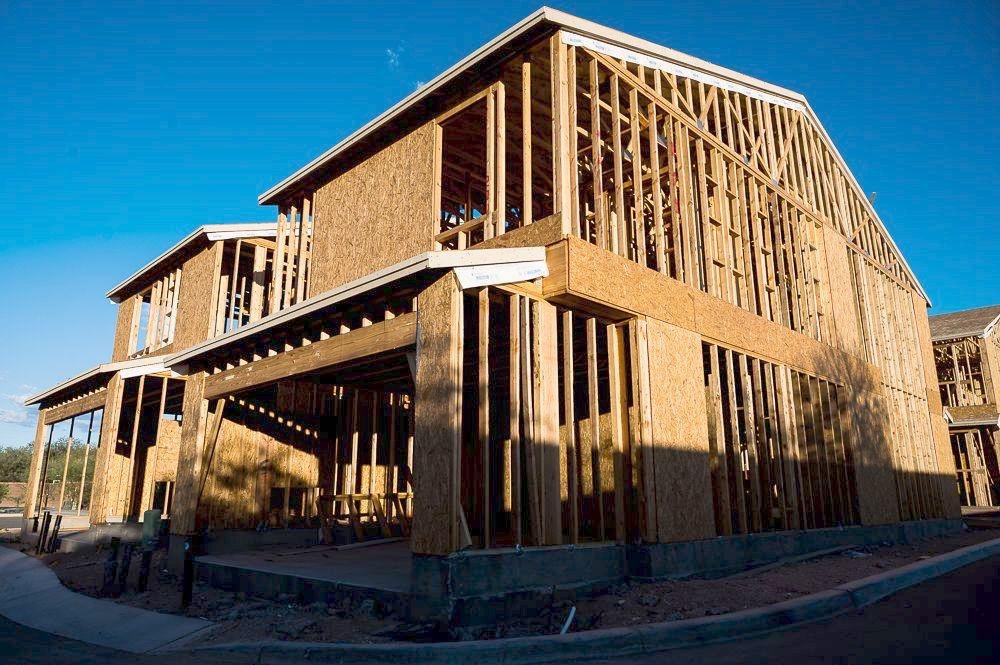Business
U.S. Home Prices Soar to Record High Amid Plummeting Sales – Experts Decode the Housing Market Trends

U.S. median home prices have soared to a record high for the second consecutive month, as reported this week, while home sales continue to decline due to high mortgage rates deterring potential buyers.
In June, existing home sales dropped by 5.4%, marking a significant downturn. The median home price reached unprecedented levels, particularly rising 9.7% in the Northeast, according to data from the National Association of Realtors. The Midwest saw the steepest decline in home sales, with an 8% fall.
Newly released data from the U.S. Census Bureau indicates new home sales fell 0.6% in June, marking a 7.4% decrease from the previous year. The median price for new homes stood at $417,300, slightly below the $426,900 median for existing homes. This near parity in prices is unusual as new homes typically command higher prices, reflecting a shift towards smaller, more affordable housing options.
Despite these dynamics, high prices continue to make homeownership unattainable for many, causing sluggish sales. Housing experts attribute this to a range of factors including Federal Reserve policies and an aging population, which collectively drive demand and constrain supply.
The persistent high mortgage rates and expensive home prices have created a strained housing market. Economist Matthew Walsh from Moody’s Analytics noted that housing affordability remains low, contributing to the decline in home sales. As of July 25, Freddie Mac reported the 30-year fixed mortgage rate at 6.78%.
Selma Hepp, chief economist at CoreLogic, mentioned that buyers are particularly sensitive to mortgage rates. The anticipation of rate reductions keeps many on the sidelines. However, lower rates might unleash pent-up demand, applying further upward pressure on prices. All-cash buyers, accounting for 28% of June transactions, also heighten prices, a trend driven largely by baby boomers with substantial home equity.
While the overall housing inventory has shown signs of increase—up 3.1% from May and 23.4% year-over-year—experts like Hepp caution that it remains below pre-pandemic levels. Increased demand in cities such as Boston, New York, and Chicago has not been matched by a proportional supply increase, further exacerbating the affordability issue.
Some potential buyers are closely monitoring the Federal Reserve’s interest rate plans, hoping for a rate cut that could make mortgages more affordable. A Reuters poll indicates that many economists expect the Fed to lower rates in the upcoming months, potentially encouraging more buyers and increasing inventory, though not necessarily to pre-pandemic levels.
Government interventions are also in play. The Biden administration recently unveiled proposals aimed at increasing housing affordability, including repurposing public lands in Nevada to create 15,000 affordable housing units. Additionally, the White House has opened grant applications to help homeowners replace dilapidated homes.
At a July rally in Iowa, Republican presidential nominee Donald Trump pledged to tackle housing market issues through interest rate cuts, despite the fact that presidents lack direct control over Federal Reserve policies. Meanwhile, states like Utah, Oregon, and Maryland are enacting their own measures to boost housing inventory and affordability through legislative efforts to fund affordable housing projects and address vacant properties.


















